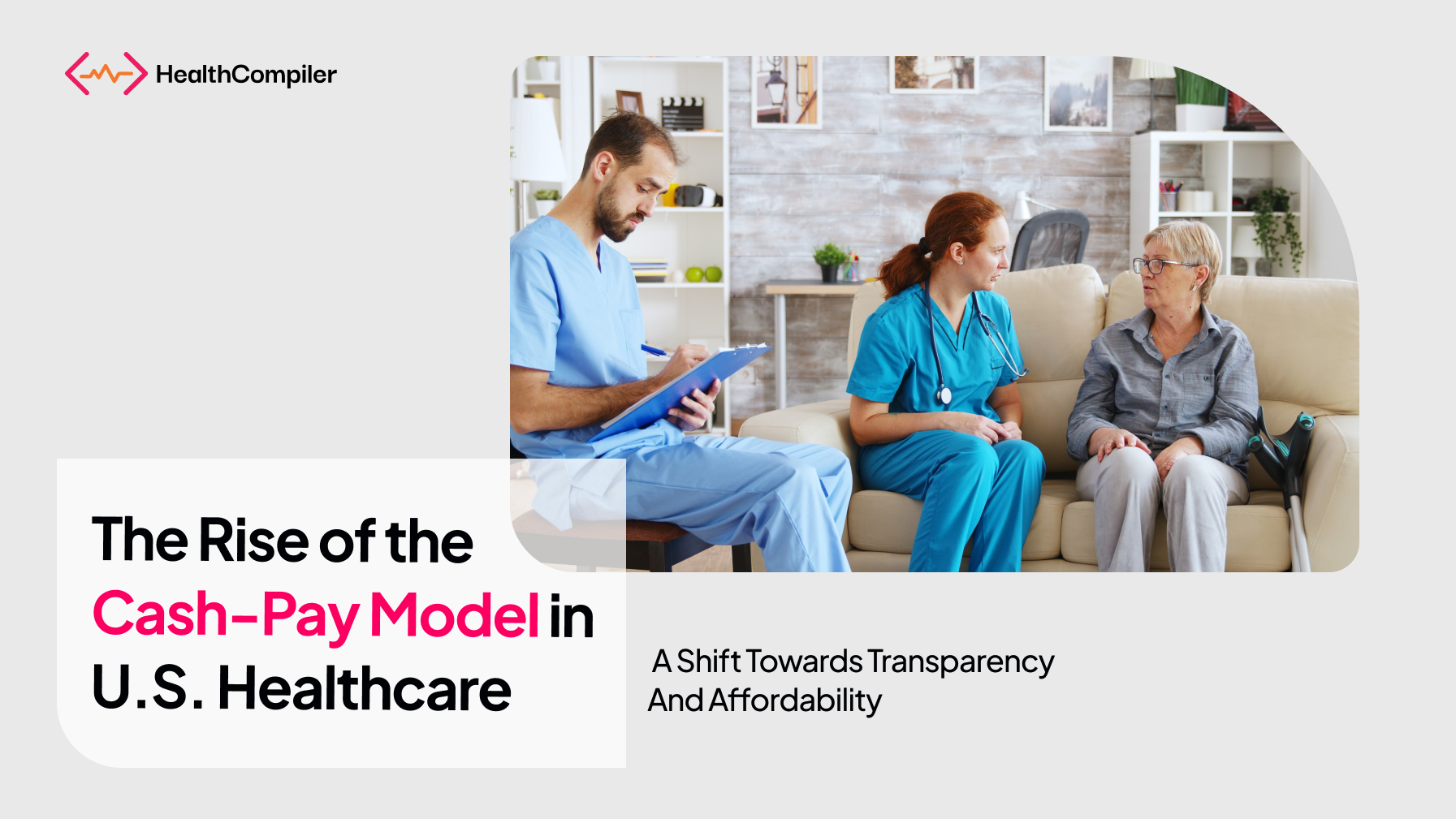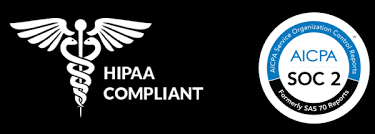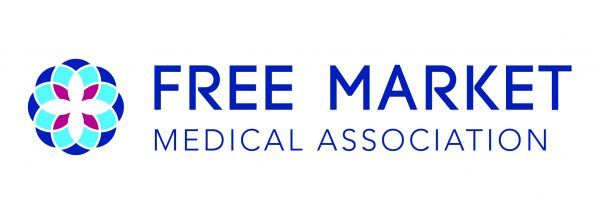The Rise of the Cash-Pay Model in U.S. Healthcare: A Shift Towards Transparency and Affordability

In recent years, a growing number of patients in the United States have opted for the cash-pay model for both primary and specialty care. This trend signifies a profound shift in healthcare delivery, emphasizing simplicity, affordability, and transparency. The rise of cash-pay healthcare challenges traditional insurance-driven models, offering benefits that resonate with patients and providers alike. But what is driving this movement, and how is it reshaping the healthcare landscape?
The Traditional Insurance Model: Complex and Costly
For decades, the U.S. healthcare system has been dominated by insurance-based models. Patients rely on private insurance, employer-sponsored plans, or government programs like Medicare and Medicaid to cover healthcare expenses. While this system provides widespread access to care, it has long been criticized for its:
1. Administrative Complexity: Insurance billing involves extensive paperwork, prior authorizations, and complex coding, leading to delays and errors.
2. Lack of Transparency: Patients often struggle to understand their financial responsibility before receiving care, resulting in surprise medical bills.
3. Rising Costs: Insurance premiums, deductibles, and co-pays have soared, making healthcare increasingly unaffordable for many Americans.
Amid these challenges, the cash-pay model offers a straightforward alternative
What is the Cash-Pay Model?
The cash-pay model allows patients to pay directly for medical services without involving insurance. Providers set clear prices for consultations, procedures, and tests, enabling patients to know upfront what they will pay. This model is used in various settings, including direct primary care (DPC) practices, specialty clinics, and surgery centers.
Why the Cash-Pay Model is Gaining Momentum
Several factors contribute to the rising popularity of cash-pay healthcare in the U.S.:
1. Cost Transparency
One of the most significant drivers of the cash-pay model is its commitment to cost transparency. Unlike traditional insurance-based care, where patients rarely know the cost until they receive the bill, cash-pay providers publish their prices upfront.
For example, a cash-pay clinic might list a primary care visit at $100 or an MRI scan at $500, eliminating the uncertainty surrounding medical expenses. This transparency builds trust and empowers patients to make informed decisions.
2. Lower Costs for Many Services
Cash-pay healthcare often proves more affordable than insurance-based care, particularly for individuals with high-deductible health plans (HDHPs). When patients pay out of pocket, providers can eliminate administrative overhead associated with insurance billing. These savings are often passed on to patients in the form of lower prices.
In some cases, patients find that cash prices for procedures like imaging, lab tests, or minor surgeries are significantly lower than what they would pay through insurance, even after meeting their deductible.
3. Rising Popularity of High-Deductible Plans
The proliferation of HDHPs has pushed more patients to consider cash-pay options. With HDHPs, patients must cover substantial out-of-pocket costs before insurance coverage kicks in. Many find it more cost-effective to pay cash for routine or minor services instead of navigating insurance claims.
4. Direct Primary Care (DPC) Model
The rise of DPC practices has bolstered the cash-pay trend in primary care. In DPC, patients pay a monthly or annual membership fee for unlimited access to their primary care provider. This model emphasizes preventive care, longer appointments, and strong doctor-patient relationships.
DPC eliminates the need for insurance billing, reducing administrative burdens and enabling providers to focus on patient care. The predictable cost structure appeals to patients seeking affordable, high-quality primary care.
5. Specialty Care and Surgical Centers
The cash-pay model is also gaining traction in specialty care and outpatient surgery centers. Specialists offering cash-pay options attract patients by providing straightforward pricing for procedures, consultations, and follow-ups.
Surgical centers catering to cash-paying patients often bundle prices, covering pre-operative, surgical, and post-operative care in a single fee. This model benefits uninsured patients and those seeking elective procedures not covered by insurance.
Benefits for Providers
Healthcare providers are also driving the cash-pay trend due to its numerous advantages:
1. Reduced Administrative Burden: Providers spend less time on insurance billing and documentation, allowing them to allocate more time to patient care.
2. Improved Cash Flow: Payments are collected at the time of service, reducing the risk of delayed reimbursements or unpaid claims.
3. Increased Patient Satisfaction: Transparent pricing and personalized care improve patient trust and loyalty.
Challenges of the Cash-Pay Model
While the cash-pay model offers numerous benefits, it is not without challenges:
Access for Low-Income Patients: Cash-pay services may remain unaffordable for those without sufficient financial resources or insurance.
Limited Scope: Patients with complex medical conditions or those requiring hospitalization may still need insurance coverage for expensive care.
Lack of Universal Acceptance: Not all providers or regions offer cash-pay options, limiting its availability.
The Role of Technology
Technology is playing a crucial role in facilitating the cash-pay model. Online platforms and apps allow patients to compare prices for services, schedule appointments, and pay bills directly. Telemedicine services often operate on a cash-pay basis, providing affordable and convenient access to care.
The Future of Cash-Pay Healthcare
As healthcare costs continue to rise, the cash-pay model is likely to expand. Employers are increasingly exploring direct contracting with providers, bypassing insurance intermediaries to reduce costs and improve outcomes. Health savings accounts (HSAs) and other consumer-directed tools also align well with cash-pay options, empowering patients to take control of their healthcare spending.
The Role of Health Compiler in the Cash-Pay Model
Health Compiler plays a significant role in enhancing the cash-pay model by providing tools and analytics that facilitate price transparency and accessibility. By offering engagement and utilization analytics, Health Compiler enables patients to compare prices for various medical services, ensuring they can make informed decisions about their healthcare spending. This transparency is crucial in a cash-pay system, as it helps patients understand their financial responsibilities upfront and reduces the likelihood of surprise medical bills.
Furthermore, Health Compiler's technology supports direct contracting between employers and healthcare providers. This bypasses traditional insurance intermediaries, allowing for more straightforward interactions and potentially lower costs for both employers and employees. By streamlining these processes, Health Compiler contributes to a more patient-centered approach in healthcare delivery, aligning with the core principles of the cash-pay model.
Conclusion
The rise of the cash-pay model reflects a broader shift towards patient-centered care in the U.S. By prioritizing transparency, affordability, and simplicity, cash-pay healthcare addresses many shortcomings of the traditional insurance-based system. While it may not replace insurance entirely, the cash-pay model is carving out a significant niche, offering a viable alternative for millions of Americans seeking cost-effective, high-quality care.
As this trend grows, it holds the potential to reshape the healthcare landscape, fostering a system that prioritizes both providers’ and patients’ needs. Tools like Health Compiler further enhance this movement by promoting price transparency and facilitating direct provider-patient relationships, ultimately contributing to a more accessible and efficient healthcare experience.



